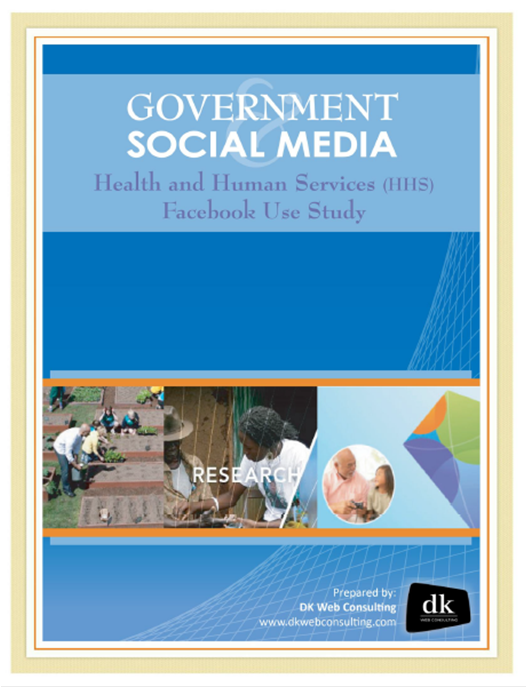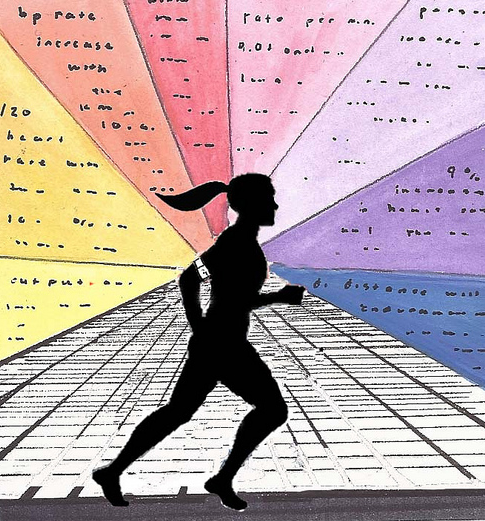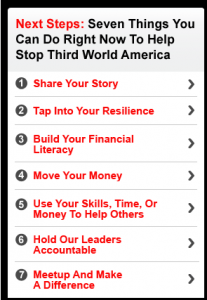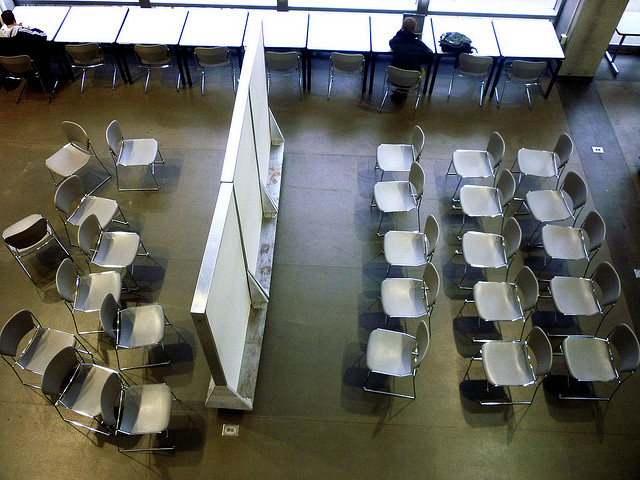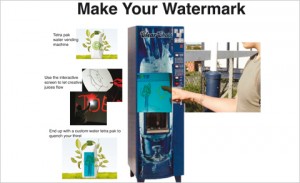Twice as many fans engage on Military Facebook pages than pages from the U.S. Department of Health and Human Services (HHS) according to new reports from DK Web Consulting. Surprised? Let’s explore.
Key Findings
To benchmark government Facebook use, DK Web Consulting looked at 16 Military and 66 HHS agency Facebook pages to provide insight on how social media efforts compare across government.
Military Agencies:
- Military pages average between 3 to 4 posts per day (3.9), roughly 19 posts per week including weekends when 92.9% of pages posted content.
- The most commonly used content among all military agencies is photos. The U.S. Air Force often posts photos and asks fans to caption the image, a strategy that has proved successful. A recent photo-caption post generated as much as 120 shares, 1,480 “likes” and 2,602 comments.
- Nearly 4% of fans are “Talking About” each military page, the highest rate among all government segments, and twice as high as the average for HHS pages.
Health Agencies:
- Content creation varies as 16 of the 66 pages (24%) did not have a single post during the 7 day evaluation time frame. Of the other 50 pages that did post during that 7 day period, the quantity ranged between 1 and 15 posts per week, with 0.7 posts per day being the average. The percentage of posts-per-day drops significantly on the weekends, as only 6% of HHS pages published content on either Saturday or Sunday.
- 26 of the 66 (39%) HHS agencies don’t allow fans to post on their Facebook walls.
- The average HHS page post receives 24 engagements (likes, comments, or shares).
- The average number of custom tabs used among all 66 pages was 3.4, ranging from 0 to 11. The most commonly used Facebook tab was one for videos.
What This Means for You
Automated vs. Manual Updates
In both the military and the health pages, the third-party tool most used to manage the page was Hootsuite. Military pages were also more likely to use a third-party tool than health pages and military pages tend to have more fans and overall engagement. Coincidence? Maybe/Maybe not.
Before you register for Hootsuite know this: Hubspot and others have found that the use of third-party tools can actually make your posts have a lower Edgerank in Facebook, meaning less people see them. Pages using Hootsuite probably showed stronger in the benchmarking study due to having a savvier, more informed and collaborative team working on the effort–not necessarily due to the use of Hootsuite itself. Success is due to thinking beyond the tool.
Talking About This vs. Engagement Per Post
The study found that military pages had twice the number of people engaged in their overall page. However, it also found that health pages had more engagement per post. So which metric do you measure? Both (if resources allow since one is automatically reported by Facebook and the other collected manually).
What matters–is that you algin both metrics to the right goals and objectives. For example, with healthfinder.gov’s Facebook page, we looked at “talking about this” as an overall engagement metric. For us, we tended to have 7% of fans talking about the page which is five percentage points higher than the average HHS Facebook page (1.9%) which extended the exposure and influence of our messages. We also looked at engagement per post because sometimes it correlated directly to participation in healthfinder.gov’s weekly health challenge. The challenge with its individual posts helped us gauge attitudes, knowledge and intentions around certain preventive health behaviors. Engagement per post would also matter if you posed a poll and wanted to gauge responses, asked fans a particular question, used promoted posts or want to illicit a specific action. As your college professor would say, “it depends.”
During the Week vs. Weekend Posts
The Military pages had more engagement overall and more of their pages posted on the weekends. While bitly advises not to post on Facebook during the weekend, there could be a correlation to explore here (as peak times for posting on social media often conflict by source).
Resources
